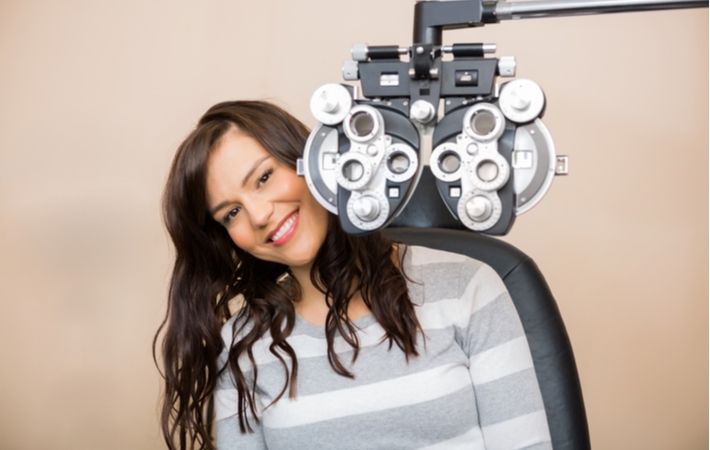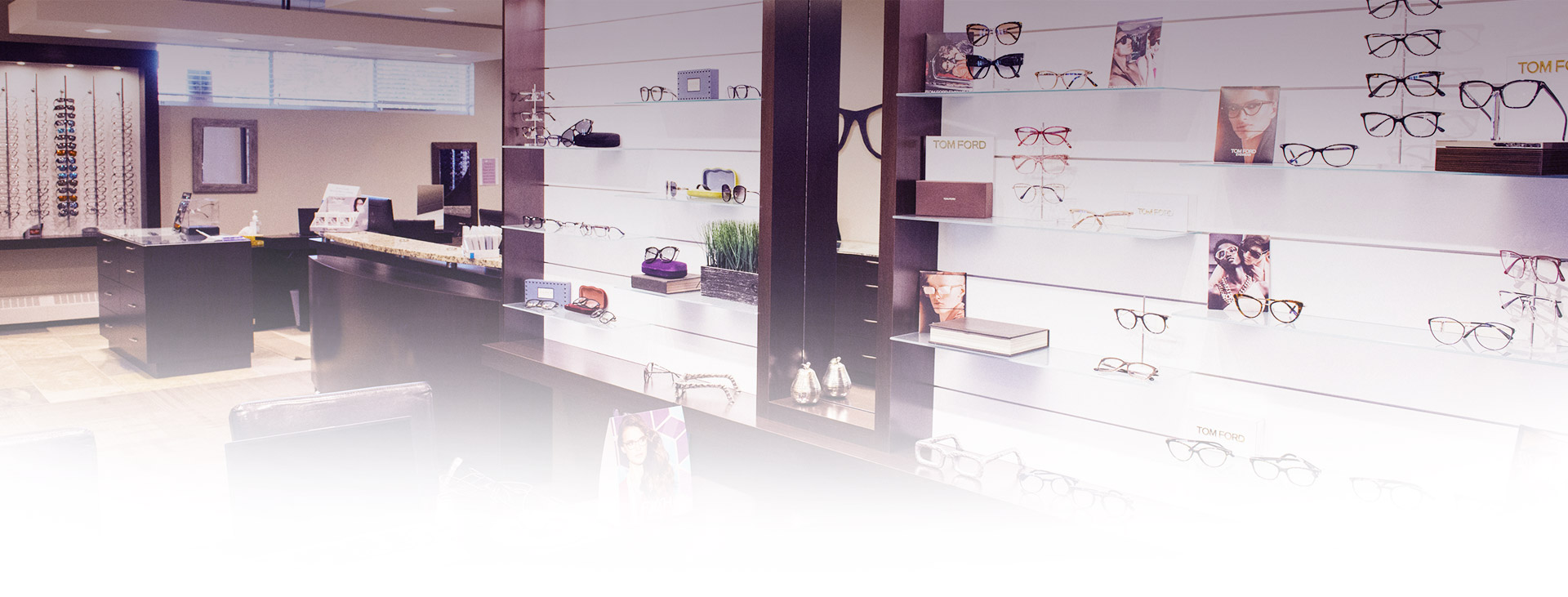Squinting under bright light, on a windy day, or to focus on something really far away are all pretty harmless when you get down to it. But when does squinting become a sign of something more serious?
Sometimes, squinting can be a sign that your vision may not be as clear as it possibly can be. Refractive errors that cause blurred vision, and encourage us to squint, can cause your vision to appear blurry and “imperfect” without the proper prescription.
Fortunately, squinting is usually not cause for major concern, but rather an indicator that it might be time to visit your optometrist. Your vision should be clear and comfortable at all times, so if you find yourself squinting a lot, you may benefit from an eye exam.
Signs You May Need Glasses
Generally, your vision changes until you’re about 25 years old and can continue to change after age 40. Struggling to see doesn’t always mean you need glasses. For example, needing better light to see clearly or squinting when you think doesn’t necessarily mean you need glasses.
However, you may need glasses or contact lenses if you experience:
- Blurry or fuzzy vision
- Double vision
- Headaches
- Squinting to focus
- Seeing “halos” around lights
- Trouble seeing at night
- Frequent eye strain
While this list isn’t all-encompassing, any change to your vision should be addressed with your optometrist. You should always be able to see clearly and comfortably.
These symptoms are usually caused by common refractive errors and can be corrected with a proper prescription.
Myopia (Nearsightedness)
Myopia, or “nearsightedness”, is a common eye condition where your vision is clear at a close range, but blurry at a distance. This occurs when the shape of the eyeball or the curvature of the cornea prevents light from being properly refracted (bent) on the retina.
Myopia is usually genetic and begins to appear in childhood. It can be diagnosed with a comprehensive eye exam and corrected with proper prescription lenses.
Hyperopia (Farsightedness)
Hyperopia, or “farsightedness”, is a common eye condition where your vision is clear at a distance, but blurry at a close range. Close-range vision is typically blurry up to a certain distance depending on the severity of the prescription.
Hyperopia is usually genetic and appears shortly after birth. It can be easily diagnosed with a comprehensive eye exam and treated with the proper prescription.
Astigmatism
Astigmatism is another common eye condition where close range and distance vision are blurry due to an imperfect corneal (clear membrane in front of the eye) or lens (natural clear lens inside the eye) curvature.
Astigmatism often presents at birth, usually with another refractive error. It can be diagnosed with a comprehensive eye exam and treated with a proper prescription (if necessary).
Presbyopia
Presbyopia is an eye condition that occurs gradually as we age. The ability to focus on nearby objects begins to deteriorate with age as the eye loses some of its youthful elasticity. It usually begins to show between a person’s mid-40s to early 60s.
Oftentimes, presbyopia begins with people needing to hold reading materials further away from their faces. It can be confirmed with a comprehensive eye exam and treated with a proper prescription.

Getting an Eye Exam
The best way to determine whether or not you need glasses is to schedule and attend regular eye exams.
An eye exam involves a series of tests to evaluate your vision and eye health. Eye exams help you see clearly and comfortably. Early detection is key to effective treatment for most eye conditions and diseases.
Adults should get a comprehensive eye exam every 2 to 3 years, but your optometrist may recommend you come in more frequently if you:
- Wear contact lenses & glasses
- Have other medical conditions (such as diabetes)
- Are over the age of 60
- Have a family history of eye disease
- Take medication that can affect your vision
Eye Exam Tests
Depending on your needs and eye health, your optometrist can customize your eye exam. Most eye exams include certain tests for your vision and health, such as:
- Eye muscle test: Evaluates eye movement & coordination
- Visual acuity: Measures how clearly you can see
- Refraction assessment: Looks for any refractive errors
Treatment
Prescription Lenses
Squinting, other symptoms of refractive errors, and the refractive error itself can be treated with proper prescription lenses.
Wearing corrective lenses gives you clear, comfortable vision by offsetting the shape of your eyeball or curvature of your cornea. You can get prescription eyeglasses and contact lenses. Usually, you can wear both glasses and contact lenses. Talk to your optometrist about the best option for you and your eyes.
Refractive Surgery
Refractive surgery is performed to correct your refractive error and reduce (ideally, eliminate) the need for eyeglasses and contact lenses.
Using a laser, your ophthalmologist can reshape the cornea, helping to correct a refractive error. Some people need glasses periodically after they have surgery. There are 2 main types of laser eye surgery:
- LASIK: The ophthalmologist makes a thin, hinged flap on the cornea & applies a laser to reshape the curve of the cornea
- Photorefractive keratectomy (PRK): Similar to LASIK, but the ophthalmologist removes the epithelium & then uses the laser to reshape the cornea
Your eye doctor will discuss the possible side effects and complications, as this procedure is not reversible and is a medical procedure. It’s best to get refractive surgery after your prescription is stable.
Other Treatments
Some other treatments and prevention methods for refractive errors that can cause squinting include:
- Vision therapy
- Eating a nutrient-rich diet
- Quitting smoking
When to See Your Doctor
If you experience any changes in your vision or have questions regarding your eye health, contact our team today! We’re happy to help you.



